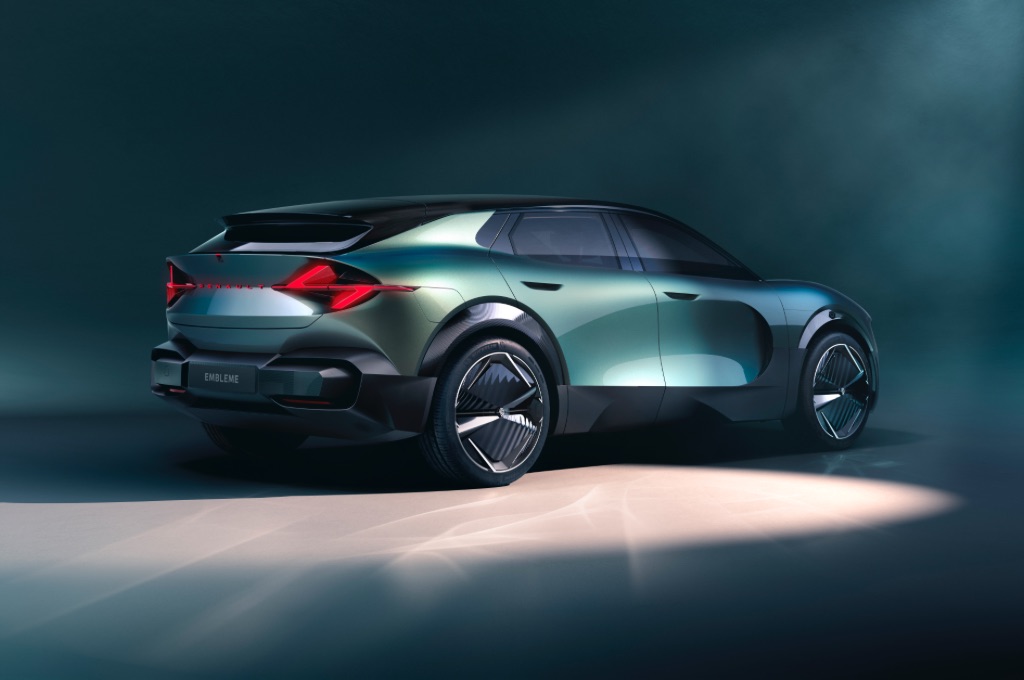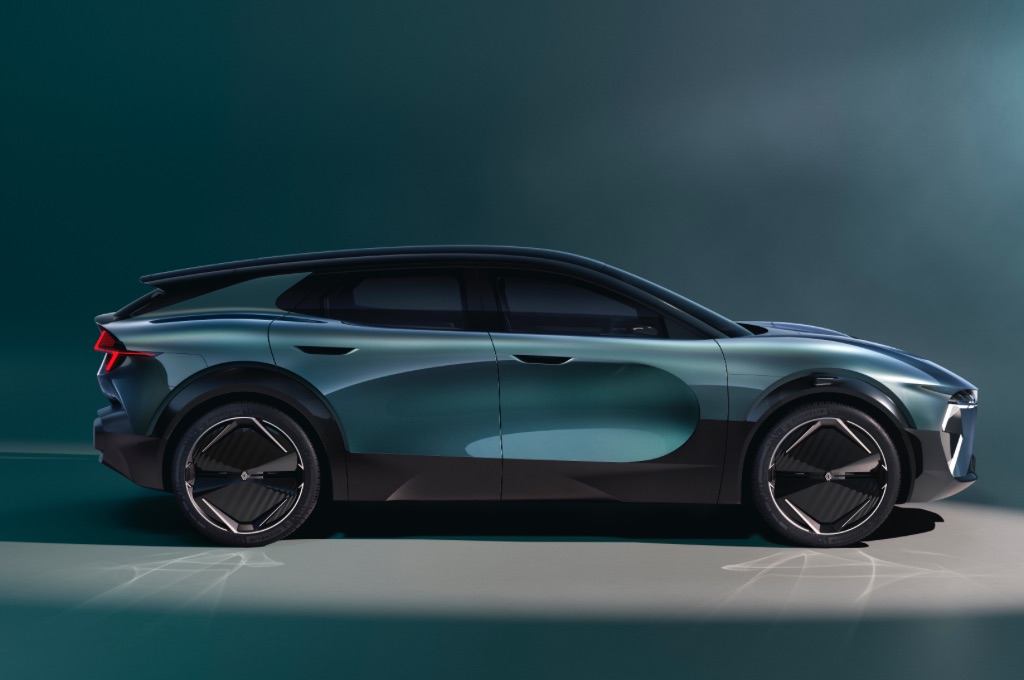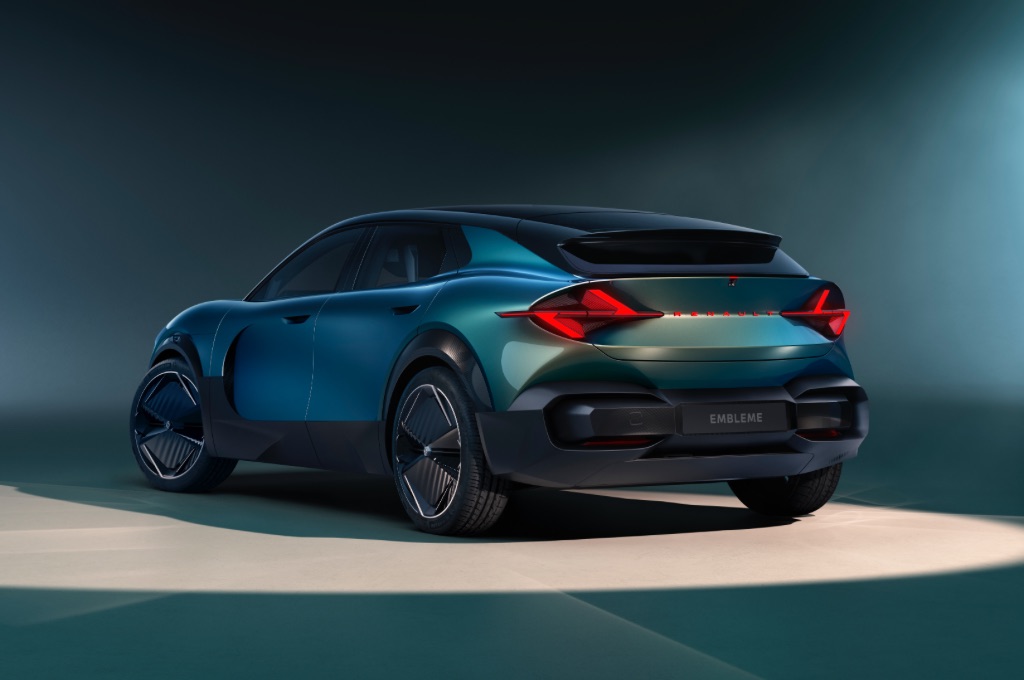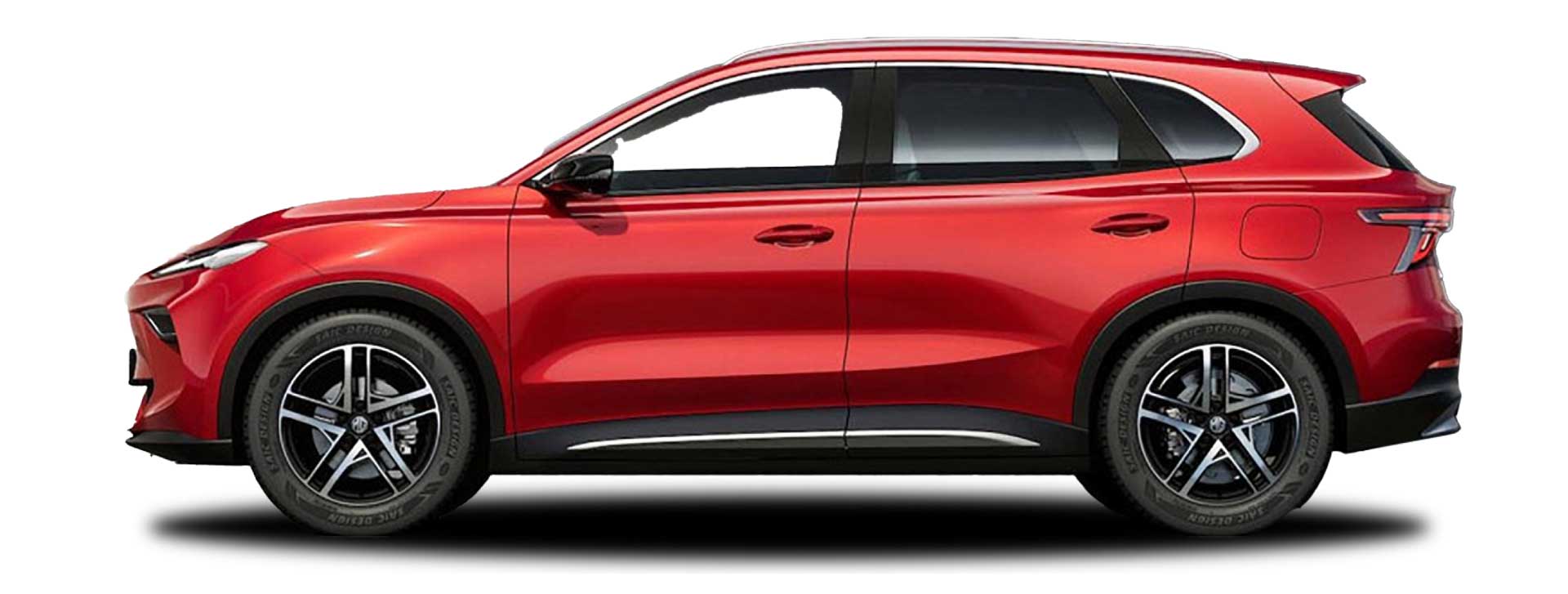When it comes to cars the electric vs hydrogen debate is guaranteed to spark furious arguments whenever it gets mentioned. But Renault has decided to settle this thorny subject once and for all by combining the two forms of power in one great looking package. Ahead of this month's Paris Motor Show the French brand has dropped pictures of the Renault Embleme, a concept car that uses an all-electric powertrain - with a twist. It’s got a 40 kWh battery for daily driving, but for longer trips it relies on a hydrogen fuel cell. Which will no doubt make everyone very cross over on social media. But before you head off to get involved in the row, let me walk you through everything we know about it so far.
What is the Renault Embleme?
The Renault Emblème is a concept car designed to significantly reduce carbon emissions by as much as 90% over the car's entire life cycle, from production to its recycling. The car itself is a gorgeous looking shooting brake combining the practicality of an estate car with the sportier lines of a coupé. Its dual power source means you can do most of your everyday driving on the battery and then switch to hydrogen when you need to cover long distances - keeping everyone happy.

Why is the Embleme such a big deal for Renault?
Renault has set itself some pretty ambitious targets. They want to reach net zero carbon in Europe by 2040, and worldwide by 2050. To make that happen, they need to rethink everything they know about how they build cars - from the materials they use, to the way they’re powered and what happens to a car at the end of its life cycle. If you're wondering about the name then my rudimentary French has helped me figure out that ‘Embleme’ translates to ‘Emblem’ and this car is the physical symbol of how Renault is going to get to this shiny new future.
How does the Renault Embleme reduce carbon emissions?
The Embleme has been designed to decarbonise as much of its life cycle as possible, when it comes to an electric car around 46% of its total carbon footprint is generated at the factory, before it has travelled a single mile - so reducing emissions in its production is a very good thing. To do this Renault has optimised everything from the materials it uses, to its aerodynamic features in order to minimise the environmental impact. An aerodynamic design is key to efficiency, so the Embleme features elements like recessed handles, full-disc wheels, and cameras replacing traditional mirrors to reduce drag and improve performance. The Embleme is up there with some of the most aerodynamic cars ever made and will move through the air more smoothly, reducing the amount of energy it consumes. It also weighs around 1,750kg, making it lighter than most cars of a similar size, and less weight improves energy efficiency meaning it consumes less power during its production and also on the road.

So exactly how energy efficient is it?
To put it into context, Renault’s current Megane E-Tech Electric generates about 24 tonnes of CO2 over its life cycle. In comparison, the Emblème is expected to generate just five tonnes thanks to the use of recycled materials, using renewable energy for manufacturing, and reusing parts whenever possible. It’s a big reduction and it shows how much energy can be saved if car makers look at reducing emissions throughout the car’s production rather than simply focusing those emitted during the years a car spends on the road.
How does the Renault Embleme combine electric and hydrogen power?
It uses a dual powertrain system combining a rechargeable battery and a hydrogen fuel cell. For daily driving, the car runs on a 40 kWh NMC battery, which is lighter and more environmentally friendly than larger batteries, giving it enough range for everyday trips. For longer journeys, the 30 kW hydrogen fuel cell kicks in, running on low-carbon hydrogen stored in a 2.8 kg tank. This combination allows the Embleme to travel up to 1,000 km with just two quick hydrogen refuelling stops, each under five minutes. Its rear-wheel-drive setup is designed for efficiency, maintaining a low centre of gravity and the electric motor doesn’t use rare earth materials, further reducing its environmental impact.
So when the Renault Embleme go on sale in the UK and how much will it cost?
For now this is just a concept car and owning one may present a few challenges given that there are currently only 10 hydrogen filling stations across the UK. But we think it's an exciting solution to the challenges drivers who don’t have access to off-street parking or those who regularly drive long distances face when it comes to owning an electric car. But if the Renault Embleme is going to become a production reality then the powers that be had better get on with the job of building a network of hydrogen pit stops so we can keep it topped up.

















